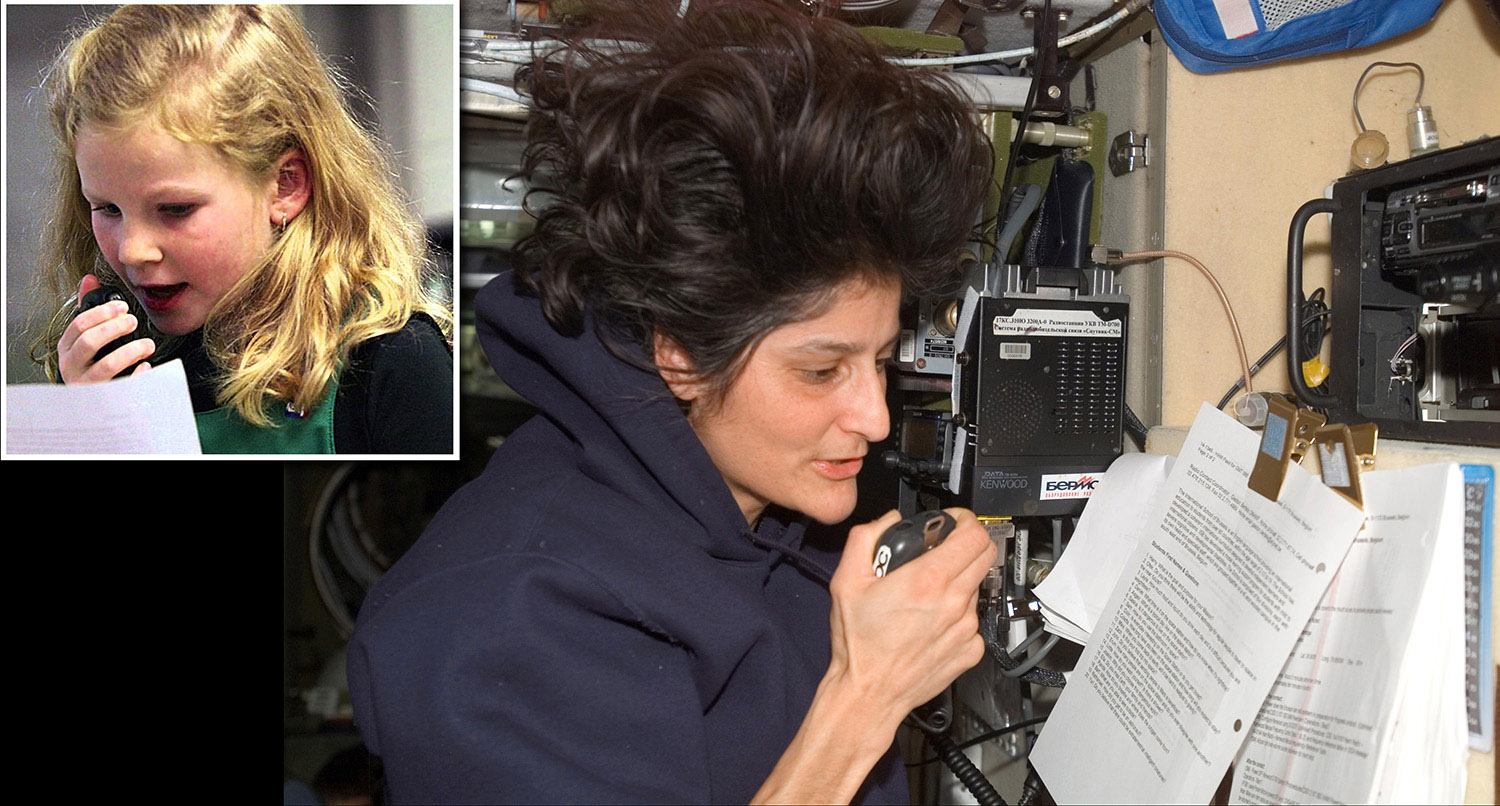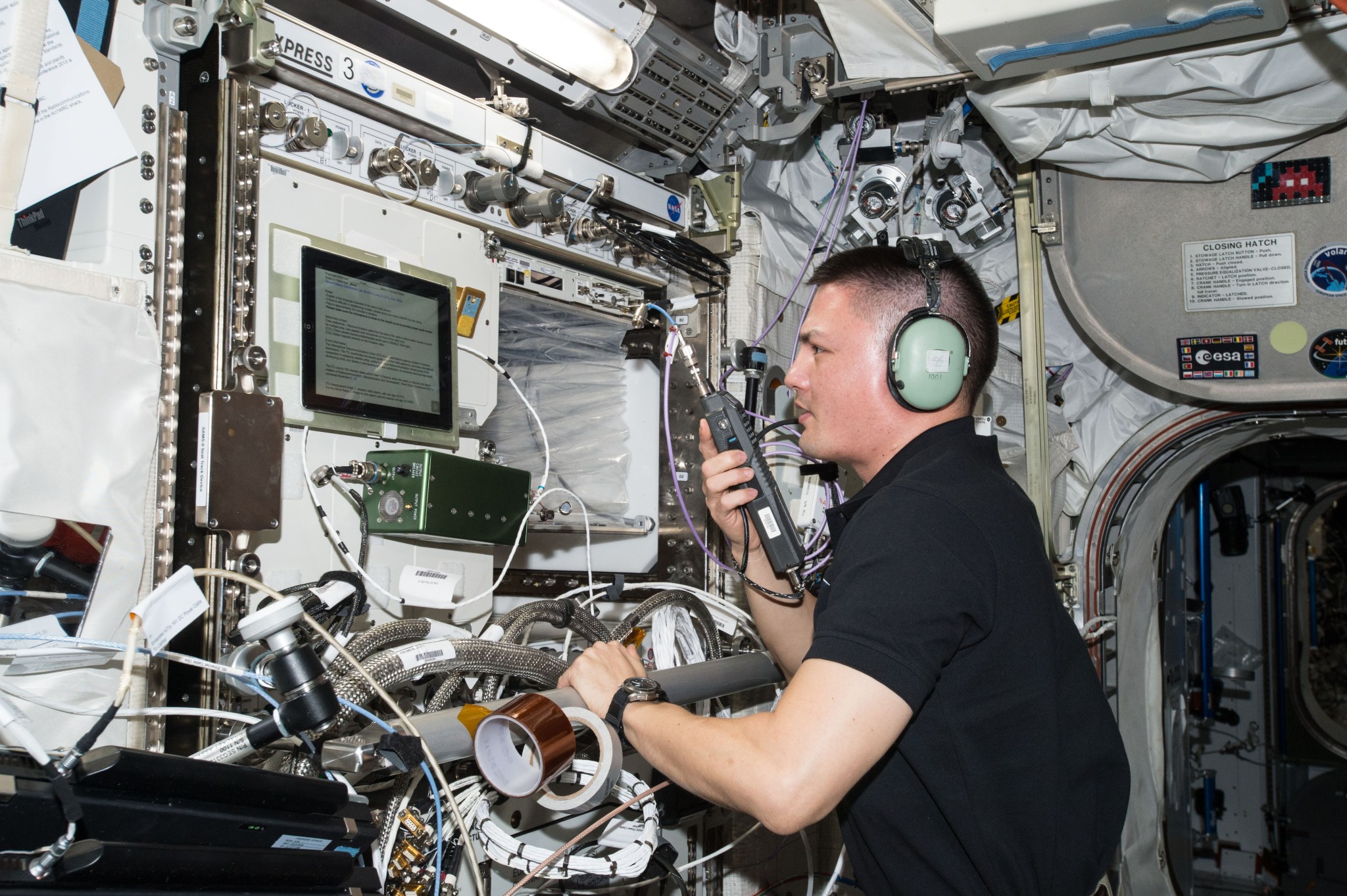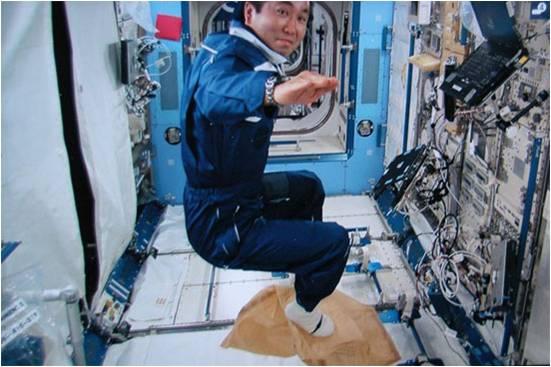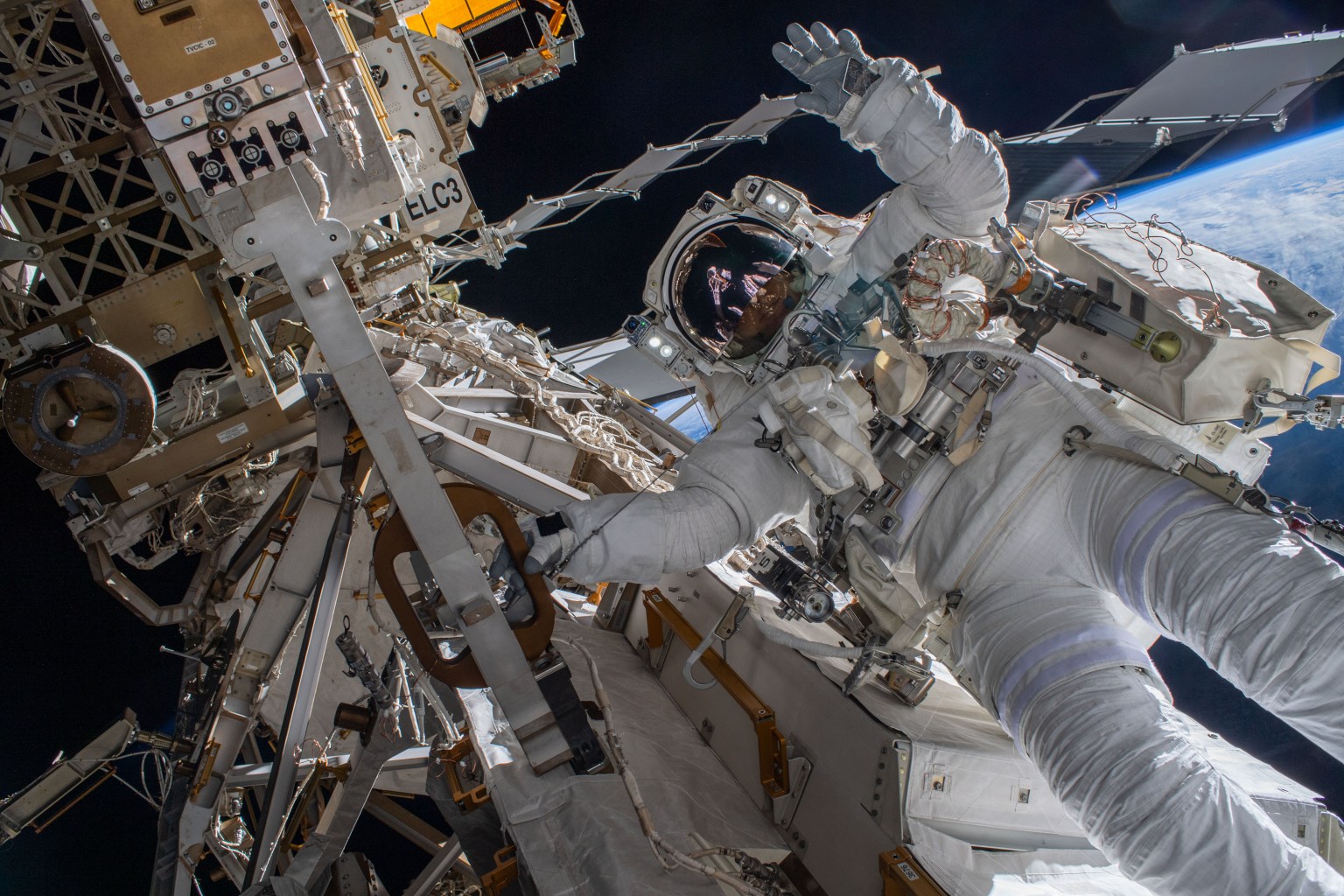
In the 1960s, widely publicized missions to the moon inspired homemade space helmets and backyard bottle rockets that flew a bit shy of low-Earth orbit. Today, space station education programs inspire the next generation by providing them opportunities to watch, learn from, and even participate in space-based research.
All space station partners—NASA, Canadian Space Agency, European Space Agency, Japan Aerospace Exploration Agency (JAXA) and State Space Corporation ROSCOSMOS (ROSCOSMOS)—lead education projects. These opportunities leverage real research to give students experience with the scientific process.
Past student competitions, including Try Zero-G and YouTube SpaceLab, allowed students to have their experiments performed in orbit. These inquiry-based approaches to learning enabled students and their communities to contribute to the growing knowledge gained from research onboard the space station. Students also gained an understanding of the true nature of science and in-depth knowledge of scientific concepts, laws and theories. The programs helped them develop interests, attitudes and “habits of mind” related to science and mathematics.
Amateur Radio on the International Space Station offers an ongoing opportunity to let students speak directly with astronauts and cosmonauts on the space station via ham radio. These contacts are conducted in voice mode from either the Zvezda Service Module or the Columbus Module. Those conducted in the Columbus Module can be performed via two-way voice augmented with downlink ham video. In-flight education downlink sessions through the NASA Education Office also enable student-crew communications using live video feeds so communities can see the astronauts while speaking with them.
ARISS hardware first launched aboard Space Shuttle Atlantis on STS-106 and transferred to the space station for use by its first crew, and it has been used regularly ever since. ARISS helps to get students interested in STEM by allowing them to talk directly with crew members who are living and working aboard the space station.
An ARISS contact takes place as a part of a comprehensive suite of education activities. To prepare for an exchange, students study the space station and the research conducted there. They also learn about wireless technology, radio science, and satellite communication used for space exploration.
The space station must pass over these earthbound communicators during amateur radio transmissions in order to relay signals between the space station’s ham radio and ground receivers. Other factors affect the timing of scheduled contacts, including weather, crew availability, and the schedules of visiting vehicles.
These ham radio conversations usually last about 10 minutes. Crew members answer questions from students as they and community members look on. During a pass, the crew can answer an average of 18 questions, depending on their complexity.
Ham radio on the space station connects and inspires students in four ways: providing first-hand education about life in space, directly connecting students with space station crew, sharing amateur radio technologies, and building global partnerships.
The downlink audio from ARISS contacts can be heard by anyone in range with basic receiving equipment. Transmissions broadcast on 145.800 megahertz. In addition, many contacts now stream live over the internet.

Many different pieces of technology go into a ham radio contact; however, one of the most important is the collaboration between the groups of people involved. Just as the space station is a multinational effort, each ham radio contact requires groups from various cultures, careers and countries to work together.
U.S. educators interested in participating in an ARISS communication can submit a contact proposal during twice-a-year proposal windows. International schools submit applications for consideration via the ARISS website. Submissions are due in July and January of each year.
Since 2000, ham radio has reached 59 countries and more than 1,100 schools or organizations. Overall, education opportunities onboard the space station have involved more than 42 million students, 2.8 million teachers and 25,000 schools.
Another educational opportunity—the Student Spaceflight Experiment Program (SSEP) in coordination with NanoRacks— provides elementary and middle-school students the opportunity to propose and launch their own investigations to the space station.
For students who have never thought about space exploration, being involved in an amateur radio event can potentially plant the seed of a future career in STEM. From the moon shot to the space station, space exploration continues to inspire the next generation.






























